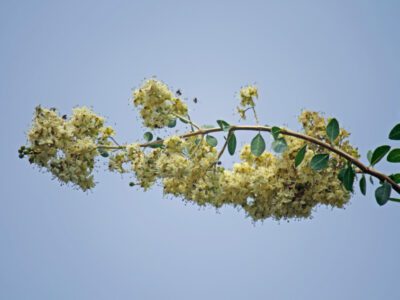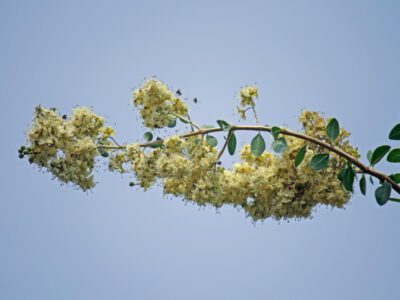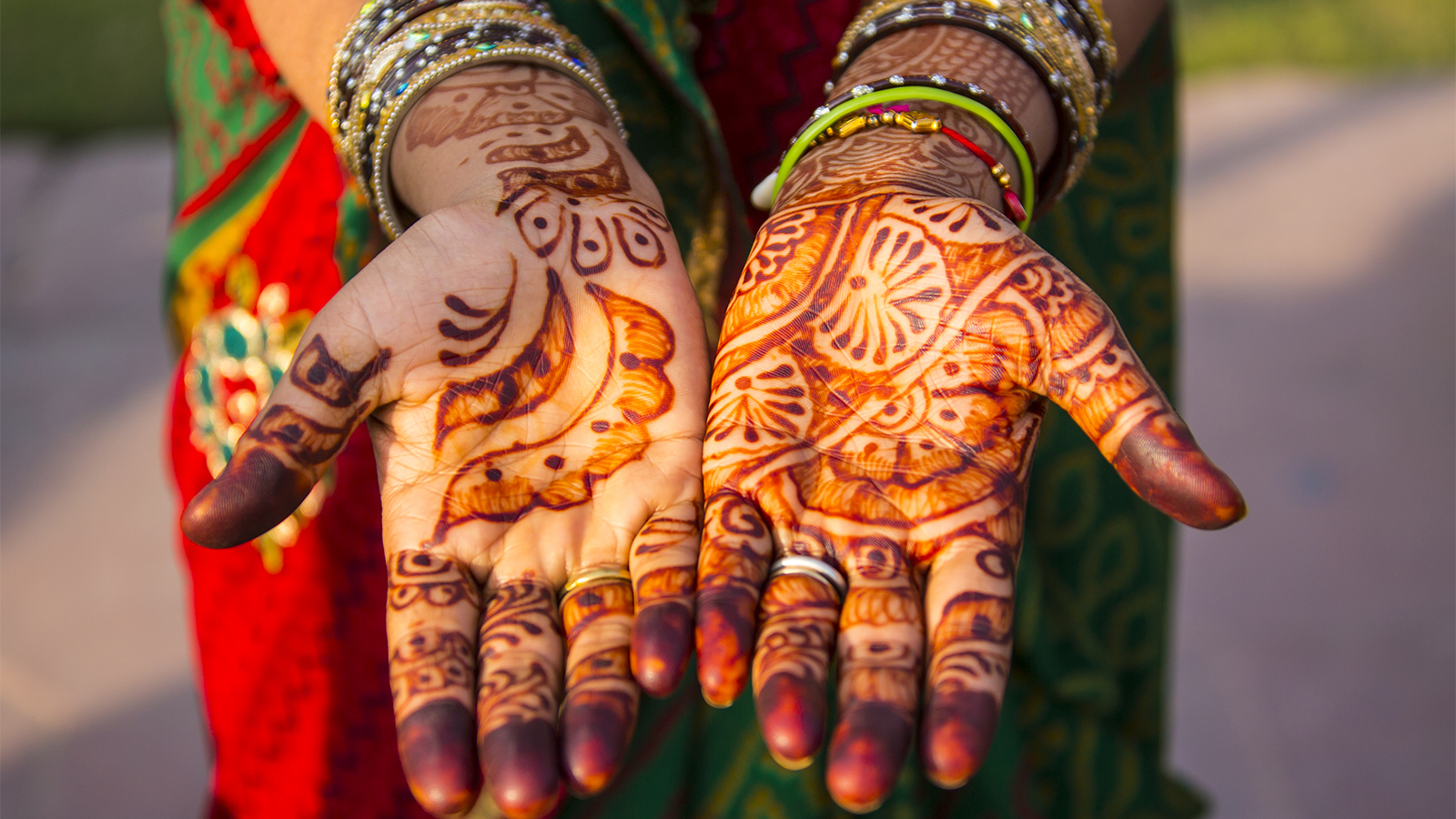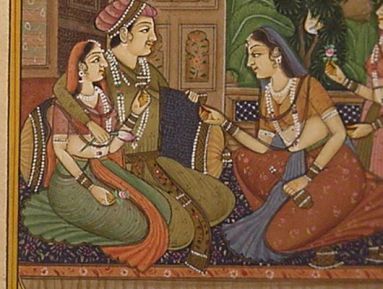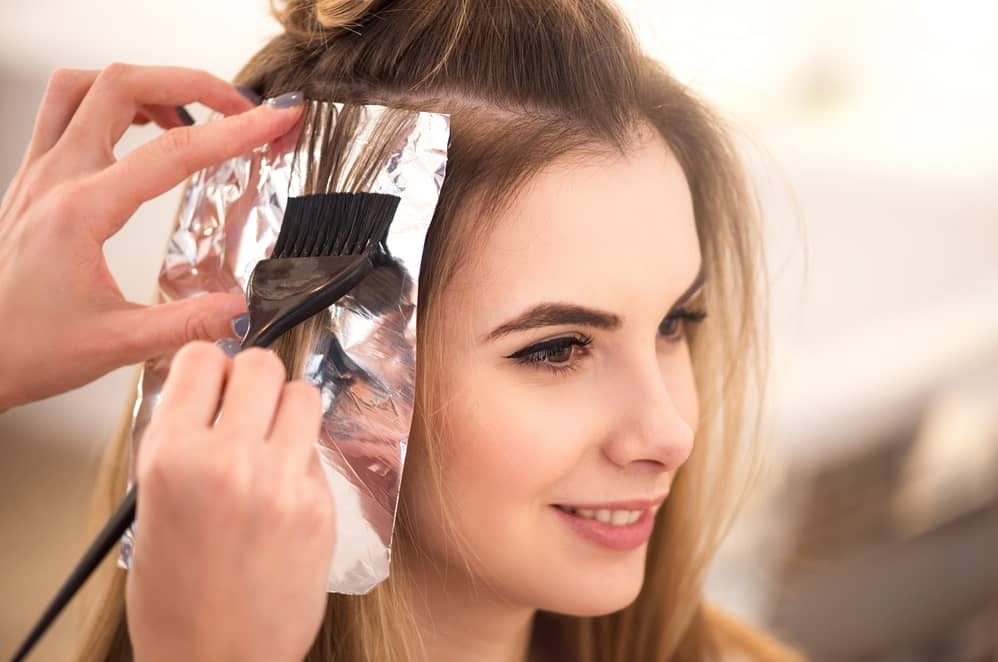Henna originated in ancient Egypt and spread to other parts of the world over time. Henna, a natural dye made from the leaves of the henna plant, has a rich history that dates back to ancient times.
Its origins can be traced to ancient Egypt, where it was used as a cosmetic and medicinal herb. Over the centuries, henna gained popularity in other cultures and regions, such as India, the Middle East, and North Africa. It was adopted for various purposes, including traditional body art, hair dyeing, and even as a form of natural medicine.
Today, henna is widely known and cherished for its intricate and temporary tattoos, often used in celebrations and festivals. Let’s take a deeper look at the cultural significance and uses of henna throughout history.
Unveiling The Historical Roots Of Henna
Unveiling the historical roots of henna reveals its usage in ancient civilizations, showcasing its cultural significance and rituals. With its origins tracing back to the Indus Valley Civilization, henna has a rich history. Its presence in ancient societies highlights its importance as a form of expression and adornment.
Henna was widely used in various rituals, ceremonies, and celebrations, symbolizing joy, fertility, and protection against evil spirits. The intricate designs and patterns created with henna were not only a form of body art but also held deep cultural meanings.
Today, henna continues to be a significant part of many traditional ceremonies and festivals, connecting generations and preserving cultural heritage. Its legacy endures, reminding us of the beauty and traditions of the past.
Henna Through The Ages: Influences And Migration
Henna, a natural dye derived from the leaves of the henna plant, has a rich history that dates back centuries. From the Middle East to Africa and India, this intricate art form has traveled across continents, influenced by trade routes and cultural exchanges.
In the Middle East, henna is often used as a symbol of beauty and celebration, adorning both men and women during significant events. In Africa, henna holds traditional uses and cultural symbolism, with unique patterns and designs representing diverse tribes and rituals.
In India, henna is deeply rooted in bridal traditions, with intricate designs adorning the hands and feet of the bride. The migration and spread of henna signify the interconnectedness of cultures and the beauty that can be found through artistic expression.
Exploring The Botanical Origins: The Henna Plant’S Story
The henna plant, known scientifically as Lawsonia inermis, is the source of the popular natural dye, henna. This botanical wonder has its origins in native regions with specific climatic conditions that favor its cultivation. These regions include parts of North Africa, the Middle East, and South Asia.
To prepare the dye, the henna leaves are harvested and undergo a meticulous processing method. The leaves are carefully dried and crushed into a fine powder, which is then mixed with liquids to create a paste. This paste is often used for body art, hair coloring, and even as a natural remedy in some cultures.
The henna plant’s story is one of ancient traditions and the beauty it brings to various cultures around the world.
The Chemistry Behind Henna: Unlocking Its Staining Secrets
Henna, a natural dye with a rich history, originates from the plant Lawsonia inermis. Its staining properties lie in a key component called Lawsone. When henna is applied, chemical reactions occur, resulting in the formation of bonds that adhere the dye to the skin or hair.
To enhance color intensity and longevity, henna paste often integrates other natural ingredients. These ingredients work together to create a synergy that boosts the overall performance of the dye. The chemistry behind henna provides insight into the complex processes that make it such a versatile and long-lasting coloring agent.
Understanding these scientific aspects sheds light on the secrets behind henna’s ability to leave behind vibrant and enduring stains.
Beyond Beauty: Henna’S Medicinal And Therapeutic Uses
Henna, a natural dye, has a long history of traditional medicinal use in Ayurvedic and Traditional Chinese Medicine. It offers potential remedies for various hair and scalp conditions. Not only that, but henna also plays a role in promoting overall well-being and relaxation.
Its use dates back centuries, proving its effectiveness as a therapeutic tool. With its roots in ancient cultures, henna continues to be embraced for its medicinal properties. For those seeking natural alternatives for hair and skin issues, henna provides a viable solution.
Its versatility and health benefits make it a valuable addition to any holistic approach to wellness.
Contemporary Henna: Global Trends And Modern Innovations
Henna, a captivating form of self-expression and cultural appreciation, has seen a surge in popularity, particularly in the digital age. Its origins can be traced back centuries, but in today’s globalized world, henna has transcended its traditional boundaries. Western adoption and fusion have resulted in modern innovations, allowing henna art to find its place in contemporary fashion and body adornment.
In the quest for uniqueness, innovative techniques such as white henna and glitter henna have emerged, captivating the imagination and allowing individuals to showcase their personal style. Whether it’s intricate patterns or minimalist designs, henna has become a medium for artistic expression.
As the trend continues to grow, its influence reaches far and wide, captivating people from all walks of life. Henna is not just a temporary adornment but a reflection of one’s identity and connection to the rich tapestry of cultures that make up our diverse world.
Cautionary Tales: Potential Risks And Allergies Related To Henna
Henna, a natural dye derived from the henna plant, has been used for centuries in various cultures. However, caution is needed when it comes to potential risks and allergies associated with henna. Chemical additives and “black henna” products pose specific risks that individuals should be aware of.
Identifying and managing henna allergies and sensitivities is crucial to prevent any adverse reactions. By practicing safe application techniques and following recommendations, the risks can be minimized. It’s important to take these precautions seriously, ensuring a positive henna experience.
The Everlasting Legacy: Henna’S Enduring Presence In Global Culture
Henna holds a deep-rooted significance in numerous religious and ceremonial traditions worldwide. Embedded with cultural identity, it acts as a testament to heritage preservation. Henna’s enduring presence is notably evident in various celebrations and festivities that span across different corners of the globe.
From Indian weddings to Arabian festivals, henna plays a pivotal role in adorning the hands and feet of the individuals involved. This natural dye, extracted from the henna plant, brings people together, fostering a sense of unity and solidarity within communities.
The intricate designs and patterns created using henna hold deeper meanings, often symbolizing fertility, good luck, and protection from evil spirits. Whether it’s a bride preparing for her wedding or a participant in a religious ceremony, henna remains an integral part of these cultural practices, leaving an everlasting legacy in the hearts of those who embrace its artistry.
Credit: en.wikipedia.org
Frequently Asked Questions Of Where Did Henna Come From
Is Henna African Or Indian?
Henna originated in both Africa and India, with cultural and historical significance in both regions.
Is Henna Arabic Or Indian?
Henna is Arabic and Indian.
How Did Henna Start And Why?
Henna started as an ancient tradition for decoration and celebration purposes in various cultures.
Is Henna Religious Or Cultural?
Henna is both religious and cultural, used in various traditions and celebrations worldwide.
Conclusion
Henna, a natural dye that has been used for centuries, has a rich and diverse history. Originating from various parts of the world, it has deep cultural significance and plays an important role in celebrations and rituals. From its early usage in ancient Egypt and India, to its spread across the Middle East and North Africa, henna has become a beloved art form that transcends borders.
Its unique ability to create intricate designs on the skin has made it popular for various occasions, such as weddings, festivals, and religious ceremonies. The versatility of henna has also transformed it into a booming industry, with the creation of henna powders, cones, and tattoos.
Its natural properties and non-permanence make it a safe alternative to traditional tattoos. With its rich legacy and continued popularity, henna remains a cherished tradition that bridges cultures and brings people together. So, whether you want to adorn yourself for a special occasion or simply appreciate the beauty of this ancient art, henna is the perfect choice.

